The characteristics of wood as a building material offer the construction sector a number of advantages over conventional construction methods. With wood, CO₂ emissions can be reduced and waste avoided. Wood is also highly reusable.
Find out more!
Newcomers to industrial construction with precast wood/timber elements or hybrid precast elements (e.g. wood and concrete) face many challenges. The start of industrial production of precast elements must be well prepared.
It is not enough just to have machines and systems in operation. The entire organization involved in the industrial production of prefabricated timber elements must be well trained and prepared. After all, you will only be successful and earn money if you can supply your customers with your products as agreed. A well-functioning plant is only the first step.
In addition to the prefabricated element production itself, the data for production is also immensely important, because the automatic production of prefabricated elements is only possible with precise data on the elements that are to be produced.
Industrial construction with prefabricated timber elements is ecological and fast!
With our outstanding expertise and many years of experience in factory planning for the industrial production of prefabricated elements (whether prefabricated timber elements, hybrid prefabricated elements or precast concrete elements), we offer you the necessary support to get started in the successful industrial production of prefabricated elements. We accompany you from the initial idea through to implementation, acceptance and commissioning of your new prefabricated timber factory and beyond.
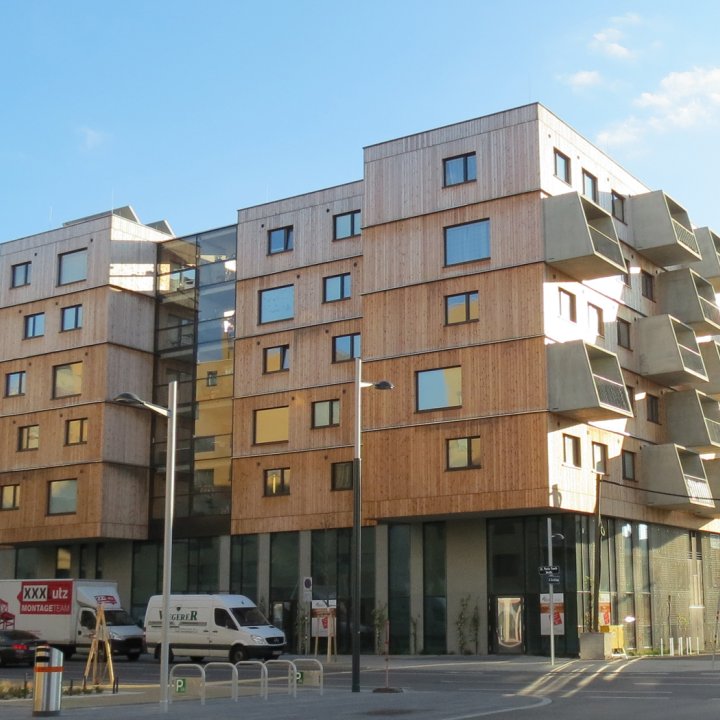
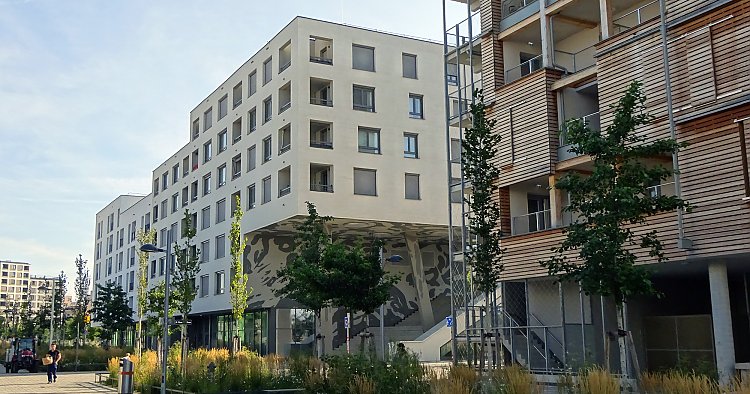
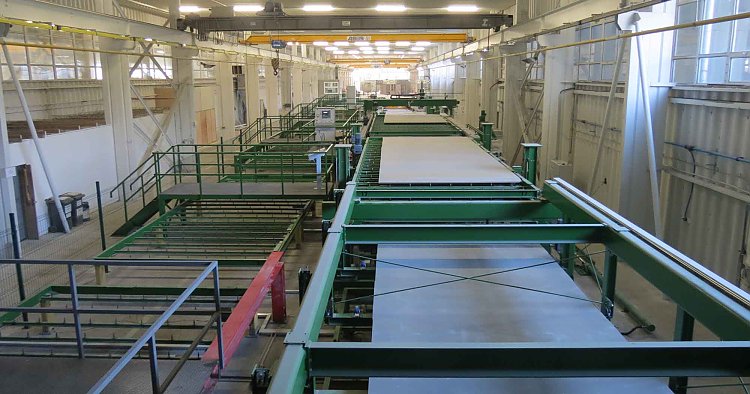
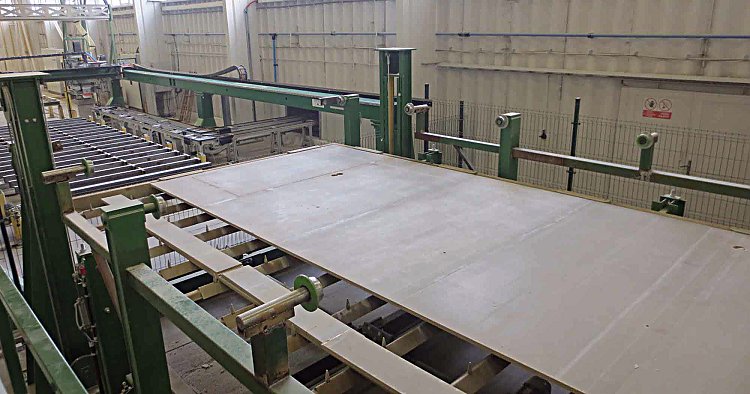
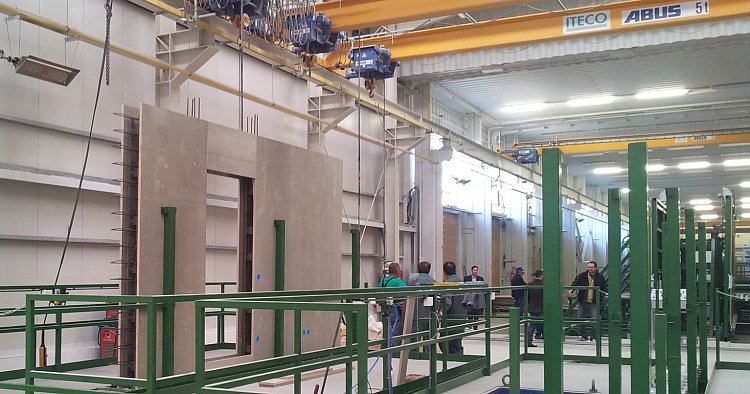
Building with prefabricated timber elements, precast concrete elements and hybrid prefab elements offers a number of advantages. For example, industrial prefabrication in the prefab plant reduces emissions and the necessary use of personnel and resources on the construction site. The high degree of prefabrication and the controlled production of the prefabricated elements in the factory also minimize errors during production.
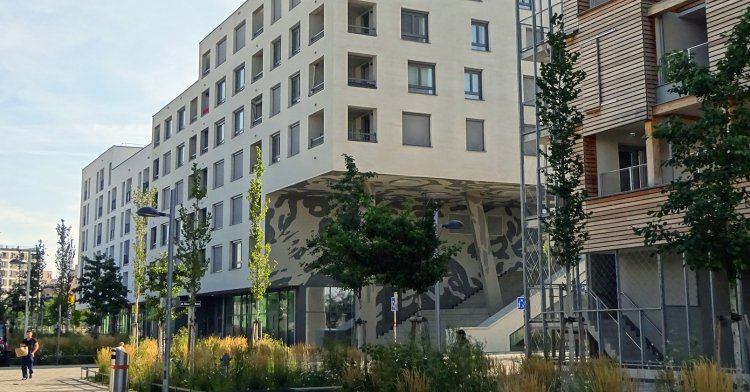
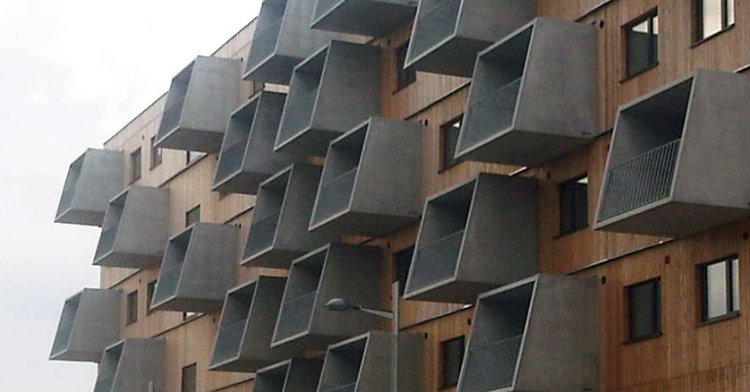
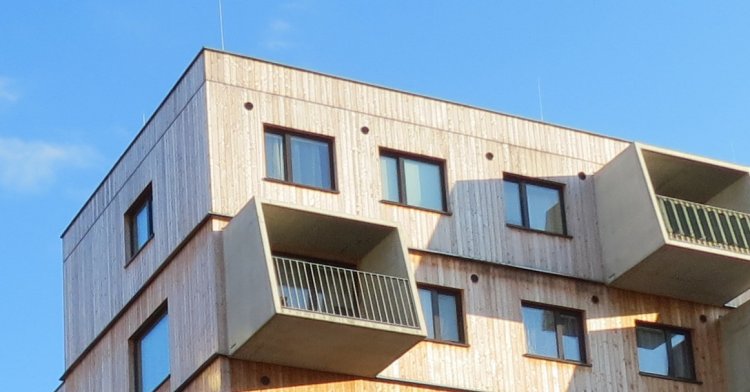
Production plant for slabs and walls made of cement-bonded chipboard VST produces walls and slabs as permanent formwork with complete reinforcement and embedded parts. This means that only concrete needs to be poured on site.
The walls and slabs are made from cement-bonded chipboard. We were commissioned to develop a new automatic production system. Following development, a patent application was filed for this production process.
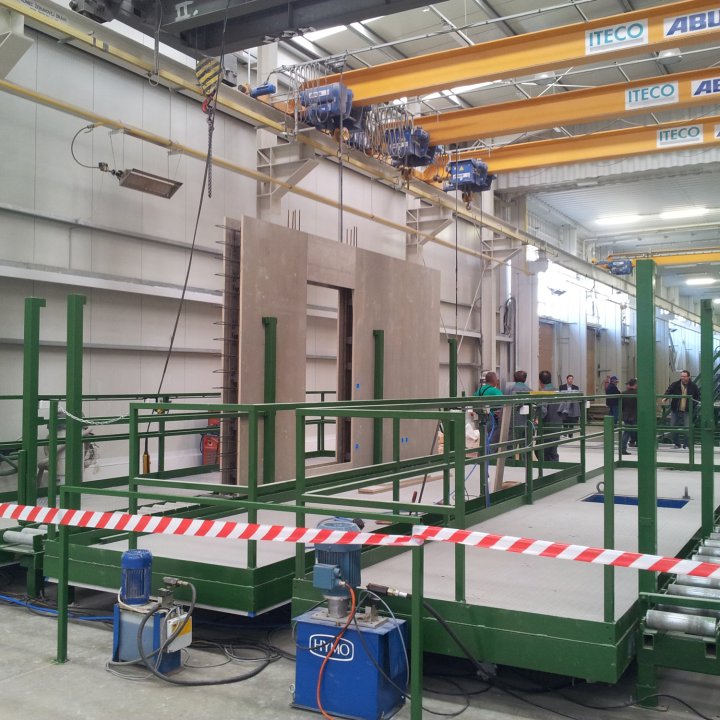
Prilhofer Consulting can support you with its many years of outstanding experience in factory planning for automated production systems (CAD/CAM). We accompany you from the initial idea through master planning and execution to the commissioning of your factory for prefab wood/timber elements, precast concrete parts or hybrid precast elements. All specialized disciplines are taken into account in a timely manner in order to make the right decisions for your investment.
Unlike in the conventional planning process, building and building technology are precisely coordinated with each other in integral planning (BIM). In addition to the structural and technical trades and specialist disciplines, all life cycles of the building as well as costs, user comfort and ecology are also taken into account.
We work honestly, goal-oriented and sustainably - independently of mechanical engineering for all technical, logistical and structural aspects.
Together we shape the future of industrial construction.